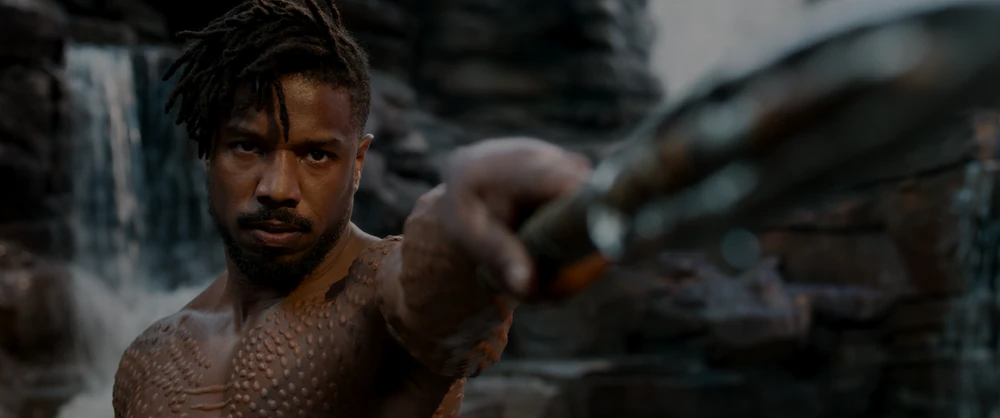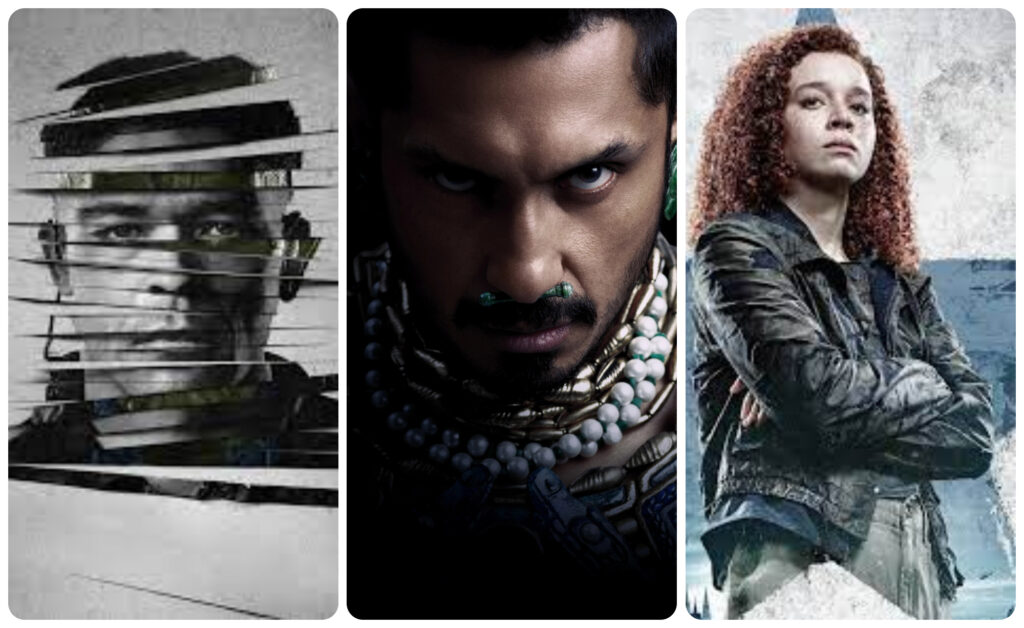
Marvel’s MCU has sparked a compelling and multi-faceted debate, thanks to the thought-provoking TikTok musings of the insightful Content Creator FantasticFrankey. This discussion centers on a significant aspect of the cinematic universe: the portrayal of marginalized and oppressed individuals as villains. The question at hand digs deep into the narratives that sometimes cast these characters in roles that intertwine their hardships with their antagonism.
[Editor’s Note: Watch Fantastic Frankey’s TikTok for full context]
Before we dissect this complex subject, let’s acknowledge the vast array of villains that Marvel has introduced over its cinematic journey. Among these, there are those whose stories break free from the conventional pattern we’re exploring today. Yet, despite their unique narratives, these characters often don’t dominate the discourse as their counterparts do.
However, there’s one character who’s managed to carve a lasting niche in villainy discussions: Killmonger. From the early years of our fascination with the MCU to our current, more mature engagement, debates surrounding Killmonger’s ideology have yet to fade. This phenomenon isn’t merely a testament to the enduring allure of the character; it’s a reflection of the intricate and multifaceted terrain that Marvel’s antagonists traverse.
Now, let’s delve into the intricate dance Marvel orchestrates with its characters hailing from marginalized backgrounds. A prime example is Gravik from “Secret Invasion,” whose narrative trajectory raises eyebrows. This portrayal can sometimes be interpreted as a trope extracted from the realm of propaganda, giving rise to legitimate concerns and discussions.
But let’s not hastily generalize. Marvel’s approach is anything but uniform. The portrayal of marginalized characters turned villains can range from overt to subtle, inviting us to explore the complex layers beneath. It’s an artful interplay of narrative elements that keeps us intrigued while occasionally making us uneasy.
Enter Killmonger, a character whose very heritage resonates with the cries of Wakanda and the African American experience. Set against a backdrop of historical racial tension and cultural identity, his narrative becomes a rich tapestry woven with threads of betrayal, revenge, and the legacy of a racially charged America. This complexity infuses his story with emotional weight and societal relevance.
And then there’s Loki, a character whose journey is a masterclass in navigating the intricacies of identity and the thorny path of self-discovery. An adopted son of the very race responsible for the near-extermination of his kind, Loki’s tumultuous narrative mirrors the struggles of coming to terms with one’s roots, even when those roots are intertwined with violence and oppression.
So, what conclusions can we draw from this intricate tapestry? Marvel doesn’t merely adhere to a single blueprint. The narrative exploration of marginalized characters transitioning into antagonistic roles is multi-faceted, encompassing a spectrum of identity dynamics and power struggles. The notion of therapy, even as a fleeting suggestion, underscores the multidimensionality of these characters. They mirror the complexity of our world, where motivations are not always singular or straightforward.
Marvel’s storytelling prowess lies in its ability to raise questions without providing prescriptive answers. From Killmonger’s thought-provoking musings to Loki’s chaotic journey, the narratives that unfold are diverse and layered. As we traverse the ever-expanding multiverse of Marvel, let’s remember that the most captivating stories are those that thrive in the nuanced shades of gray, inviting us to explore the spectrum of human experiences, even within the realms of villainy.
